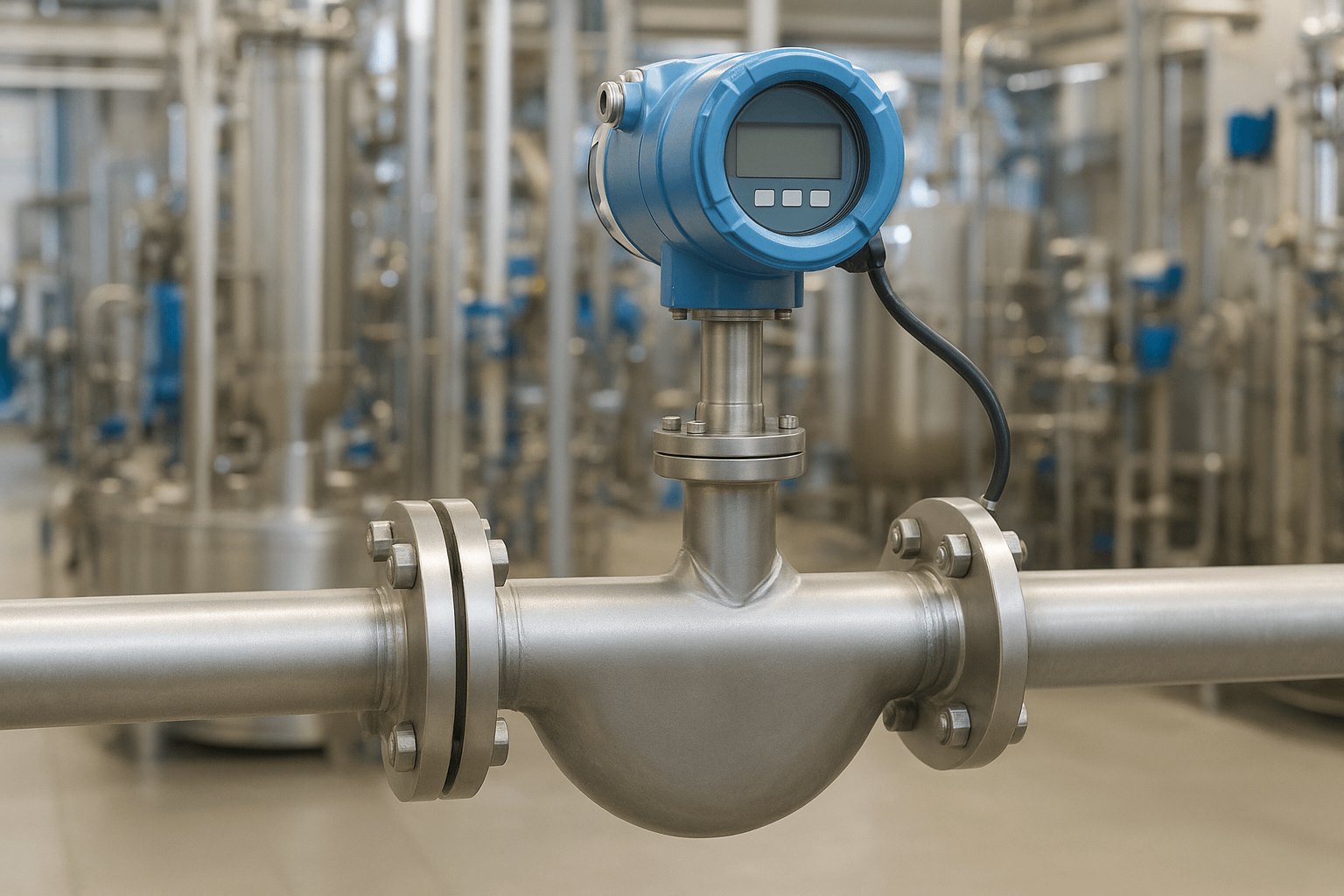Unveiling the Power of Cleaning Agents: Exploring the Four Types of Chemicals Used in Cleaning
Cleaning is an essential aspect of our daily lives, ensuring hygiene and maintaining a healthy environment. Behind every sparkling surface lies a range of cleaning agents carefully formulated to tackle different types of dirt and grime. In this article, we will delve into the world of cleaning chemicals, exploring the four main types commonly used in various industries. From disinfectants to degreasers, we will uncover their unique properties, applications, and the science behind their effectiveness.
- Disinfectants:
Disinfectants play a crucial role in eliminating harmful microorganisms, preventing the spread of diseases, and maintaining a germ-free environment. These chemicals are designed to kill or inactivate a wide range of bacteria, viruses, fungi, and other pathogens. Common disinfectants include quaternary ammonium compounds, chlorine-based compounds, hydrogen peroxide, and alcohol-based solutions. Each type has its specific mode of action and effectiveness against different types of microorganisms. - Degreasers:
Grease and oil residues can be stubborn and challenging to remove. Degreasers are specially formulated chemicals that break down and dissolve grease, oils, and other hydrocarbon-based substances. They are commonly used in industrial settings, automotive maintenance, and kitchen cleaning. Solvent-based degreasers, alkaline degreasers, and enzymatic degreasers are some examples. Understanding the nature of the grease and selecting the appropriate degreaser is crucial for effective cleaning and preventing surface damage. - Surfactants:
Surfactants, short for surface-active agents, are versatile chemicals used in a wide range of cleaning products. They reduce the surface tension of water, allowing it to spread and penetrate more effectively. Surfactants help to loosen dirt, oils, and stains, making them easier to remove. Anionic, cationic, nonionic, and amphoteric surfactants are the four main types, each with unique properties and applications. They are found in laundry detergents, dishwashing liquids, and all-purpose cleaners. - Abrasives:
When dealing with tough stains, mineral deposits, or ingrained dirt, abrasives come to the rescue. These cleaning agents contain particles or granules that physically scrub away stubborn residues from surfaces. Abrasives can be found in various forms, such as powders, pastes, or even embedded in cleaning pads. Common examples include baking soda, pumice, silica, and microfiber cloths. Care must be taken when using abrasives to avoid scratching delicate surfaces.
Conclusion:
Cleaning chemicals are the unsung heroes behind every spotless environment. By understanding the four main types of chemicals used in cleaning – disinfectants, degreasers, surfactants, and abrasives – we can make informed choices when selecting the right cleaning products for specific tasks. Whether it's maintaining a sterile healthcare facility, tackling tough grease in industrial settings, or keeping our homes spotless, these chemicals play a vital role in ensuring cleanliness, hygiene, and a healthier world.




